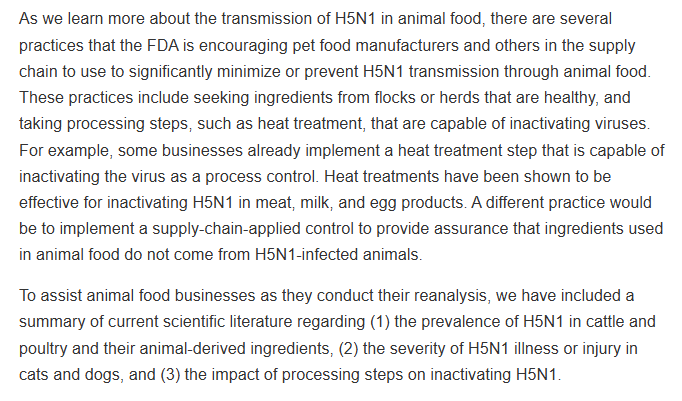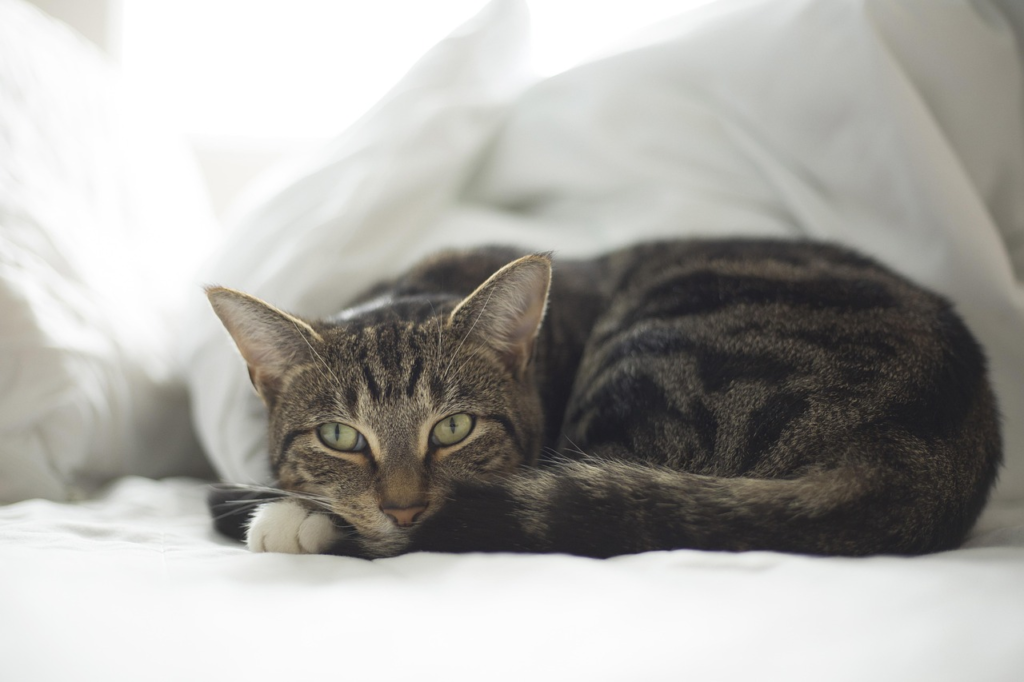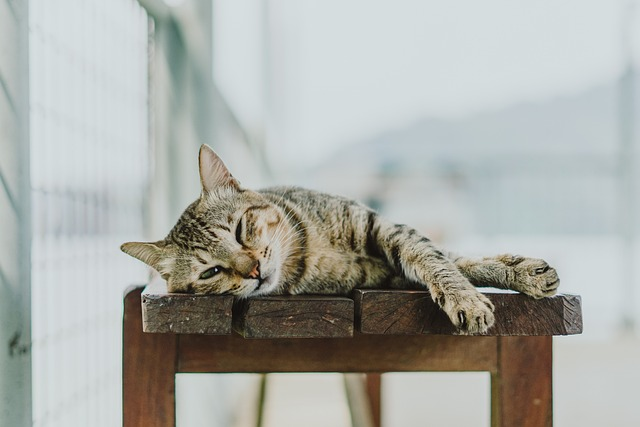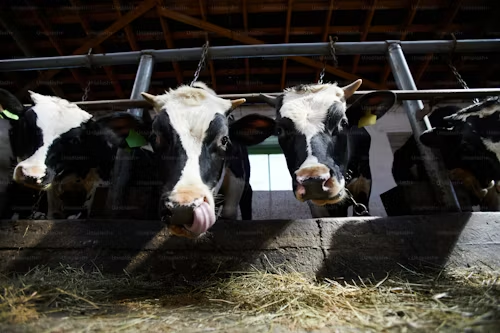Recently, a number of domestic cats have died from H5N1, some after consuming raw milk and others after consuming raw pet food positive with the virus.
We saw this in early December when the LA health department reported two cats had died after consuming raw milk, with H5N1 subsequently confirmed as the cause. Several days later, LA reported H5N1 cases in three cats from a different household who had not been given raw milk but potentially exposed through raw meat.
On December 24, 2024, the LA county public health department issued a recall notice for “Northwest Naturals Brand 2lb Feline Turkey Recipe Raw & Frozen Pet Food” after finding bird flu virus in food samples. As the notice states, one cat in Oregon who was fed this recalled product died of H5N1.
On January 13, 2025, the LA County health department issued an “Animal Health Alert” providing more details about the ongoing investigation into raw pet food testing positive for H5N1 bird flu. The alert began with the following notice regarding additional cat deaths from the virus:

The subsequent investigation found that “[o]ne commercially available raw pet food, Monarch Raw Pet food, tested positive for H5 bird flu, with live infective virus isolated from the samples.” There were no dates or lot numbers supplied, and further testing is pending on “several additional commercially available raw pet foods that were consumed by cats that became acutely ill and then tested positive for H5 bird flu.” So there appears to be potentially more samples of contaminated pet food out there.
Unfortunately, we have already seen instances of pet cats dying after consuming H5N1 positive food products.
In the summer of 2023, at least 30 cats in Poland died of H5N1 after consuming raw chicken meat that contained the virus. (See Contaminated meat caused mysterious deaths of 30 Polish cats from avian flu.). In describing the clinical picture of the cats, one case study published in September 2023 described a “systemic inflammatory response” that affected many internal organs, including the lungs and brain. Another study discussed a rare set of mutations found in all the cat viruses that was also found in samples of H5N1 positive frozen chicken meat provided by cat owners. The high similarity of the viruses pointed to a common source of infection, and the distribution of cases all across the country pointed to “an unidentified intermediate food source, e.g. poultry meat contaminated with the virus, that had accidentally entered the cats’ food chain.”
Additionally, in July 2023, at least 42 cats died in South Korea from H5N1. It was first reported that two cats at an animal shelter in South Korea tested positive for H5N1. Further reporting showed that 3 cats had died on June 24, 2024, out of 40 at the shelter. Within two days, 38 more cats died, all presumably from the bird flu virus. Several days later, a cat at another animal shelter tested positive. There were four confirmed cases of H5N1 from the second shelter, and all of those cats died. An investigation found that raw duck meat fed to cats in the second shelter was positive for the virus, and a recall was ordered for all pet food from the manufacturer. It was presumed that the cats at the first shelter were fed the same food. In August, an investigation found that one feed manufacturer had not complied with “proper sterilization and disinfection processes” in producing “balanced duck” and “balanced chicken” products sold to consumers from May to August 2023.
The presence of live bird flu virus in pet food products has clearly heightened concerns over the safety of certain commercially available raw food. It also invites potential for increased transmission from animals that typically live in close proximity to humans, like pet cats or dogs.
Against the backdrop, the FDA has since instituted new food safety requirements for companies that manufacture raw pet food products. On January 17, 2025, the FDA directed manufacturers to “reanalyze their food safety plans to include Highly Pathogenic Avian Influenza virus (specifically H5N1) as a known or reasonably foreseeable hazard.” It doesn’t appear clear what “reanalyze” means but it must invite some form of quality control action to ensure that the “foreseeable hazard” of bird flu is eliminated from raw pet food.
The statement does not fully explain how companies screen or “reanalyze” their products for H5N1 but it does provide recommendations for manufacturers to keep bird flu out of their consumer products:

As to the risk of pets getting infected with the bird flu virus directly from food, the FDA outlined that risk as the backdrop for its new food safety requirements:

What is very troubling is that raw meat with live infectious H5N1 virus is making it to the store shelves. That is not supposed to happen. If raw poultry meat was the source, it suggests some problem in the quality control process, as poultry that tests positive for the virus is culled and not supposed to be sent to slaughter.
That would mean that the poultry was infected with H5N1 while they were alive, before they became cat food, right? Therefore, that would mean the farm or supplier that the poultry came from had an H5N1 outbreak go undiscovered (or unreported). Or perhaps the poultry became infected during transport to wherever they went to become cat food. Or else the raw poultry meat was somehow contaminated with the virus thereafter. Any of these scenarios invites questions about the food safety measures in place. It is incredibly important that effective measures are taken to ensure that avian flu is kept out of the poultry meat supply, regardless of whether that meat is meant for pets or humans.
Hopefully what happened in Poland and South Korea with domestic cats is not something that will be repeated here. With increased vigilance in monitoring what poultry meat makes its way into the food supply, hopefully we won’t see that again.
Until next time.
For more bird flu updates and research study analysis, be sure to read my other articles and follow me on social media.
Leave a comment below and join the discussion, and always feel free to reach out to me!



Your prose crafts colorful imagery in my mind. I can easily envisage every detail you portray.
I’m grateful for the examples you offered; they made it more convenient to understand.
I constantly look forward to reading your articles. Thanks for sharing your thoughts and ideas with us.
Pingback: A Timeline of H5N1 infections in Cats - Bird Flu Studies
Pingback: Fatal H5N1 Cases in Children and Risks to the Food Chain - Bird Flu Studies